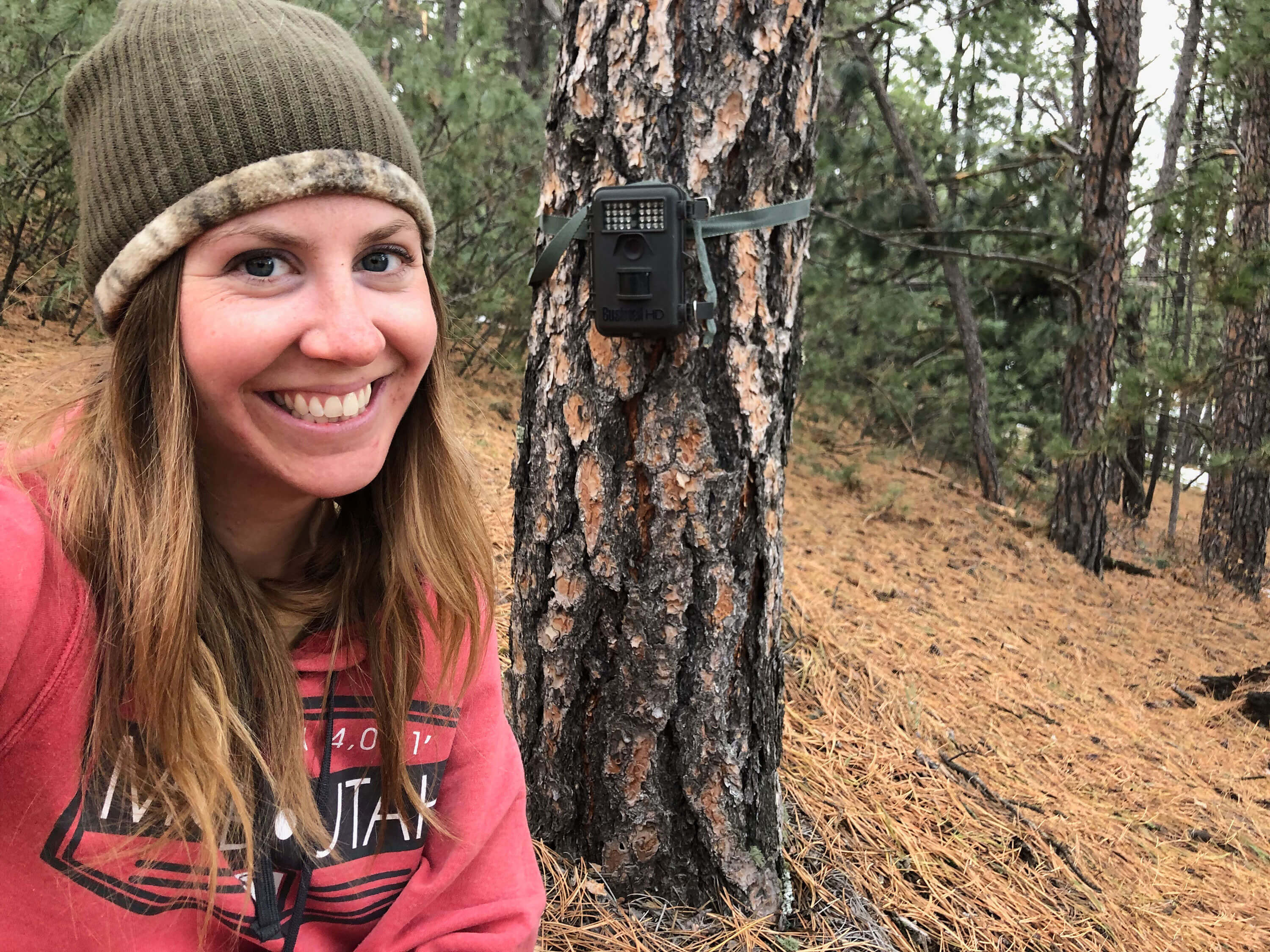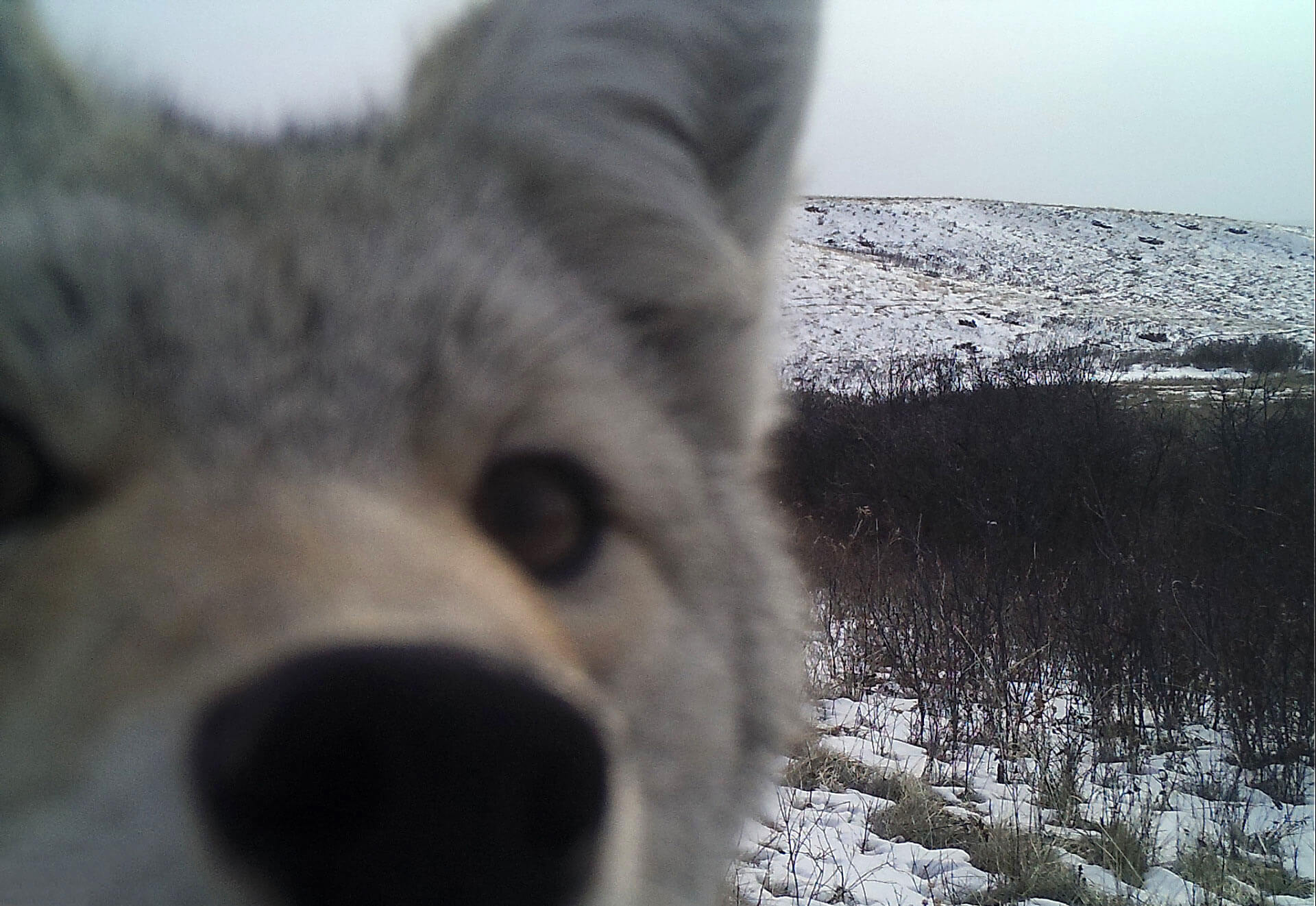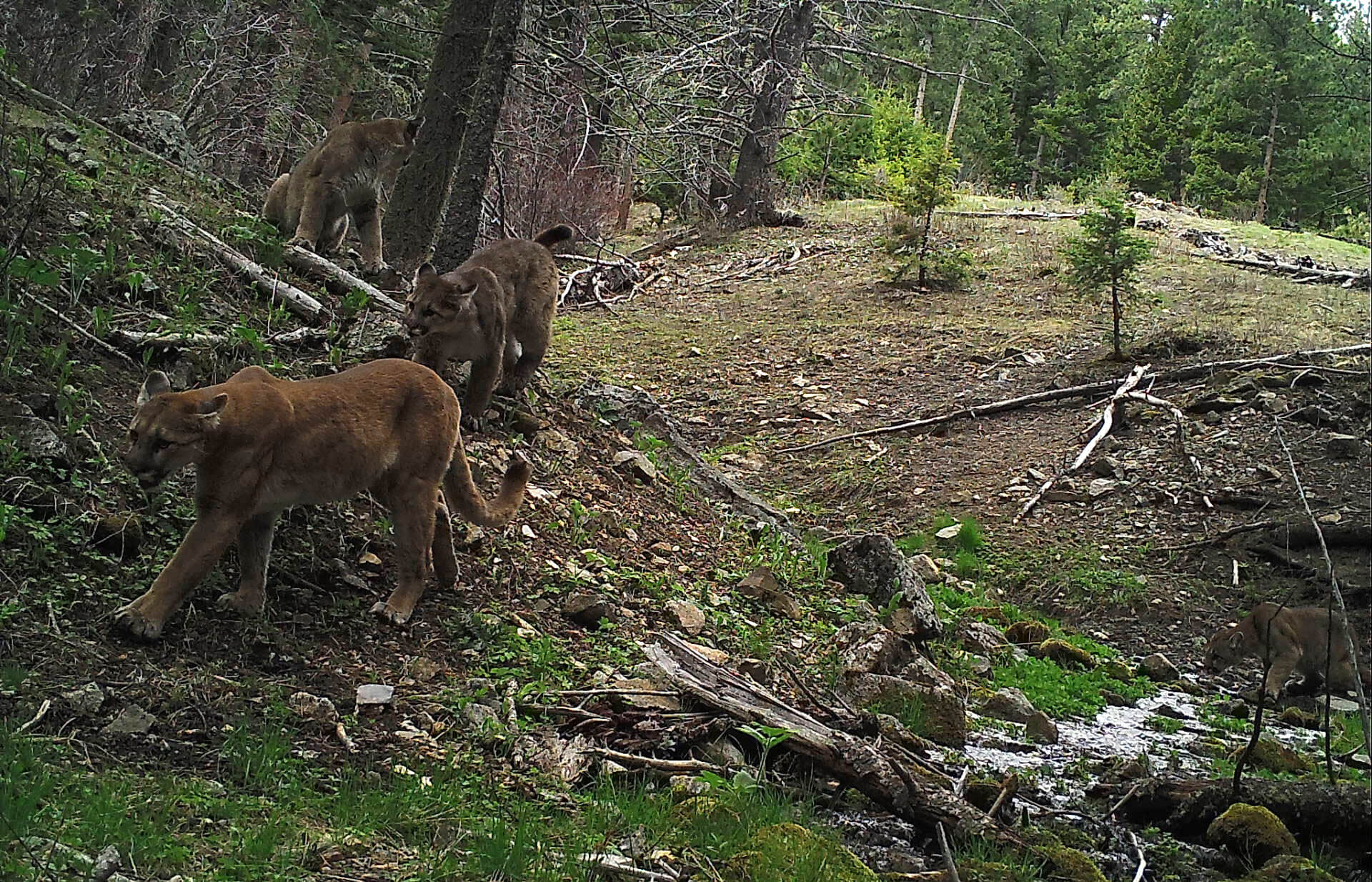Here at American Prairie, we’re working to restore a fully functioning prairie ecosystem. And to be successful, we must consider the complete landscape, including the work of our neighbors.
Private landowners in the region make important land management decisions that impact ecological conditions on and off the prairie, and the same is true of American Prairie’s management decisions. When these decisions align to benefit the land, wildlife, and people, huge strides are made toward collaborative conservation.
We started the Wild Sky program with just this in mind: to collaborate with our neighbors on improving the health of the land, expanding wildlife habitat, and boosting the bottom line of ranchers. Using a set of guiding protocols called the Freese Scale, American Prairie provides financial incentives for Wild Sky partners who implement wildlife-friendly management practices.
Achieving these collaborative goals requires much coordination between American Prairie and our Wild Sky partners to understand the land, wildlife, landowner goals, and how to best implement strategies for the benefit of all involved.
Enter Wild Sky Specialist Katy Beattie.

Katy grew up in North Dakota and earned her environmental science degree at Rocky Mountain College in Billings, Montana. She worked on the Fort Belknap Indian Reservation after college performing bird surveys, and although the prairie had always been part of her life, her experience at Fort Belknap is where she really fell in love with the grasslands.
“I knew the prairie was where I wanted to focus my work,” she recalls. “The grasslands are underappreciated. When I was doing bird surveys at sunrise and sunset, I was blown away by the activity and life. I also love the openness of the prairie.”
Katy wears many hats in her Wild Sky role. An average day can take her to American Prairie’s downtown Lewistown office in the morning and then north over the Missouri River to remote ranches across the prairie throughout the afternoon. While on location, she works directly with ranchers to understand the properties, develop shared goals, and to cultivate relationships that can lead to effective, wildlife-friendly land management practices.
“Many ranchers are already doing some of this work,” she explains. “Wild Sky is a way to further the impact of their work while paying them directly for wildlife-friendly practices, which supports American Prairie Reserve’s goals of ecosystem restoration.”

When a landowner signs up for Wild Sky, Katy visits the property to meet the landowners, tour the property, discuss the Wild Sky options available, and then create a plan to meet the collaborative goals.
Wild Sky ranchers can choose from a suite of wildlife-friendly practices, which can include fence modification and removal, limiting cattle access to streams, controlled burning, prohibiting the tilling of native prairie, and the use of camera traps to identify key wildlife habitat corridors.
Each Wild Sky property Katy works with provides a unique opportunity to partner with landowners to increase tolerance for wildlife, enhance habitat connectivity, and restore the biodiversity of this prairie ecosystem.
If a landowner decides to implement camera traps, Katy works with them to identify the best potential corridors, and through the generous support of American Prairie donors, we cut monthly checks to Wild Sky partners who document species like coyotes, beavers, and bears on their property.

“Ranchers love to see the wildlife photos,” Katy explains. “They are often surprised by the frequency of larger predators, but they know their properties so well. I’m always really impressed at their knowledge of the land and wildlife.”
Most of Katy’s field days include an outdoor visit with the landowners to catch up and discuss any new developments or wildlife sightings. Afterward, she typically hikes to the camera trap locations, many of which are in remote areas that are difficult to access. There, she switches out the memory cards, changes the batteries, redeploys the cameras, and logs her activity.
After a hike back to the truck and the long drive back to the office, she downloads and views the photos before archiving the image files. She then uploads everything to a data management system that pairs the images with the data in a detailed spreadsheet.
“I’m always pretty excited to see what’s on the photos, and love sending ranchers any cool photos right away,” she says. “Getting to see detailed photos of some of the prairie species you only get to see from a distance is really fun, and it’s really rewarding to share that with landowners.”

One of the cameras Katy recently deployed captured a whitetail deer doe giving birth to a fawn, and another captured an entire family of mountains lions – four animals – in a single image. Photos like this not only depict the beauty of prairie wildlife; they help us to understand habitat, wildlife patterns, and allow us to work proactively with ranchers toward enhancing wildlife habitat on a larger scale.
To learn more about Wild Sky, please visit americanprairie.org/project/wild-sky/.
